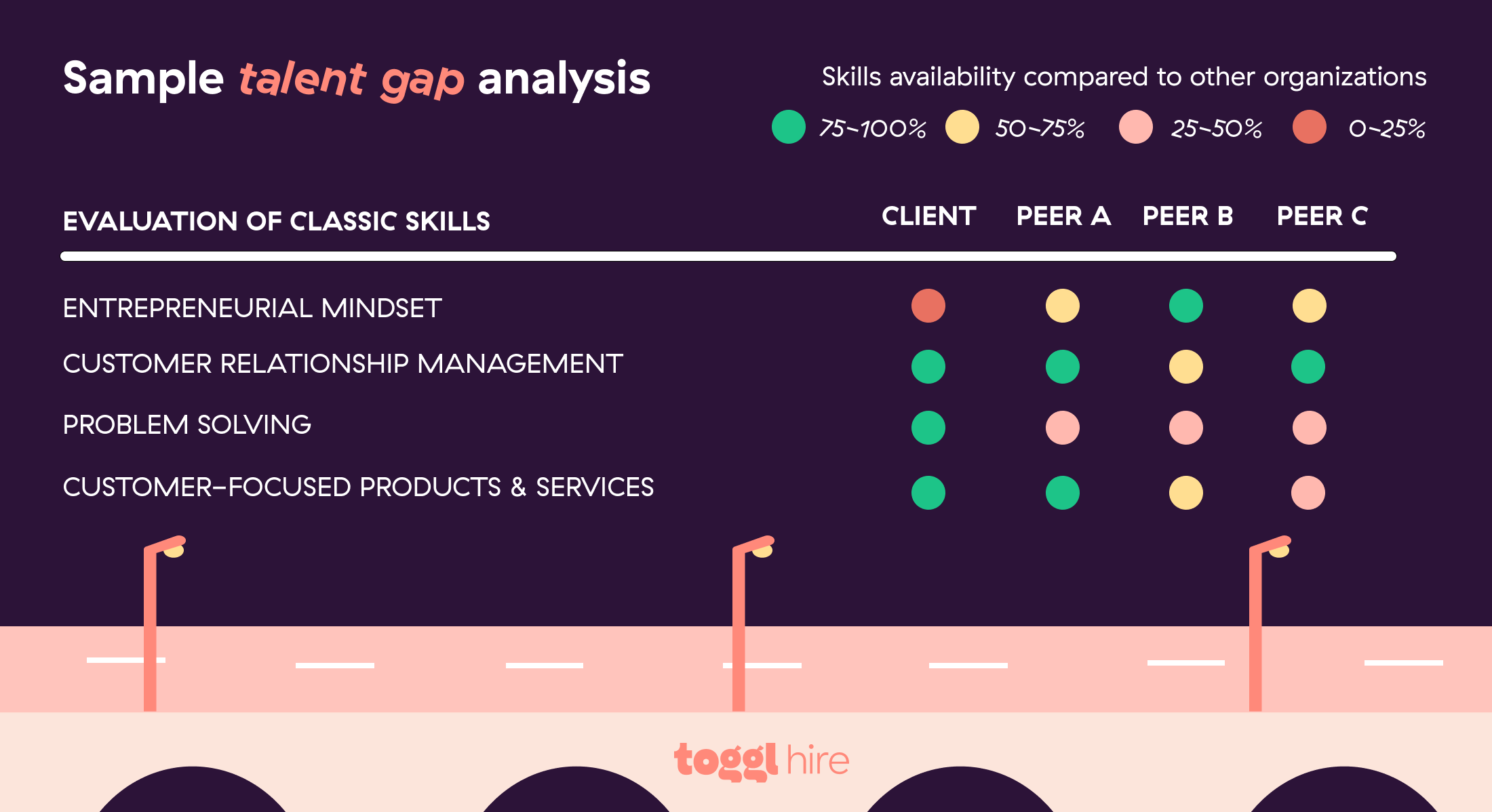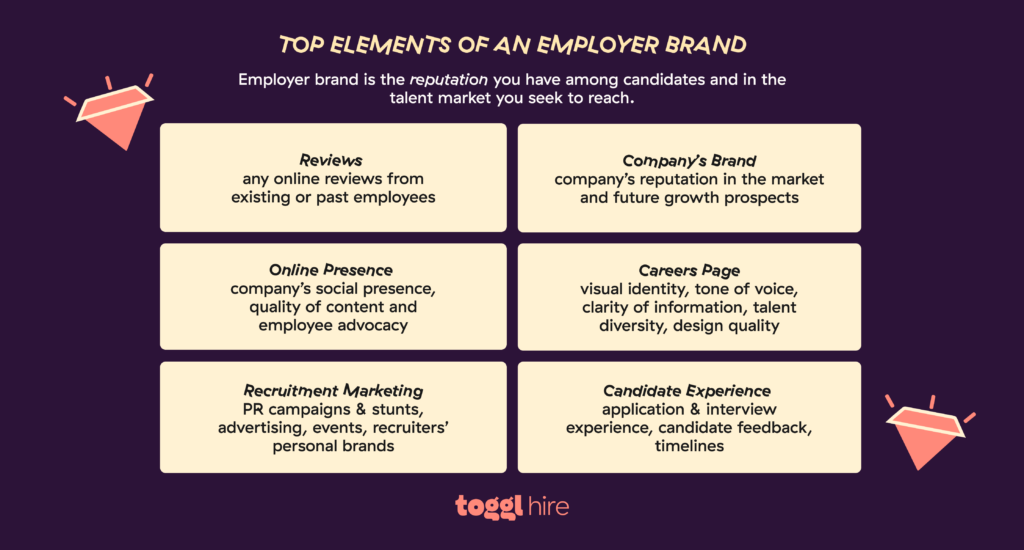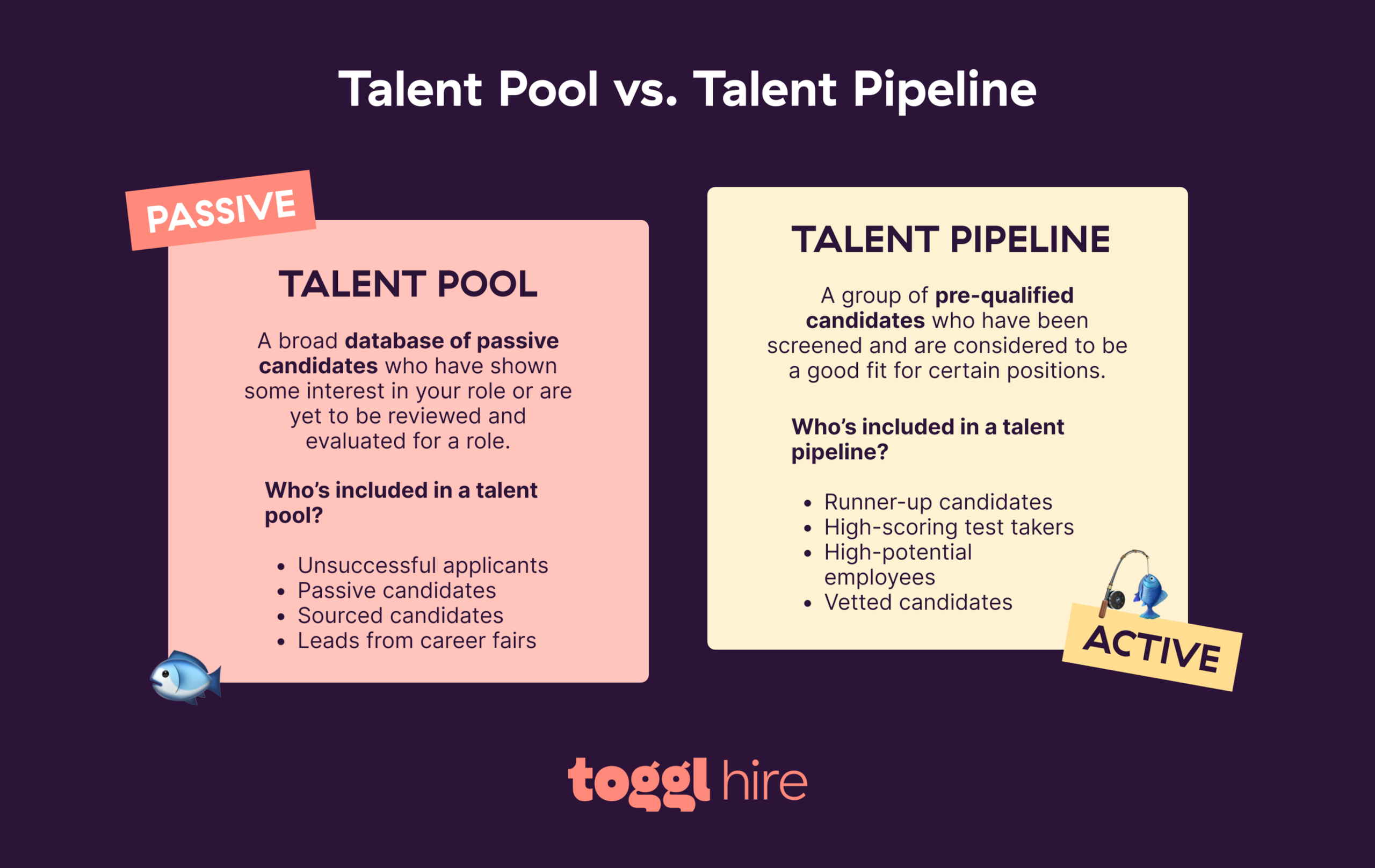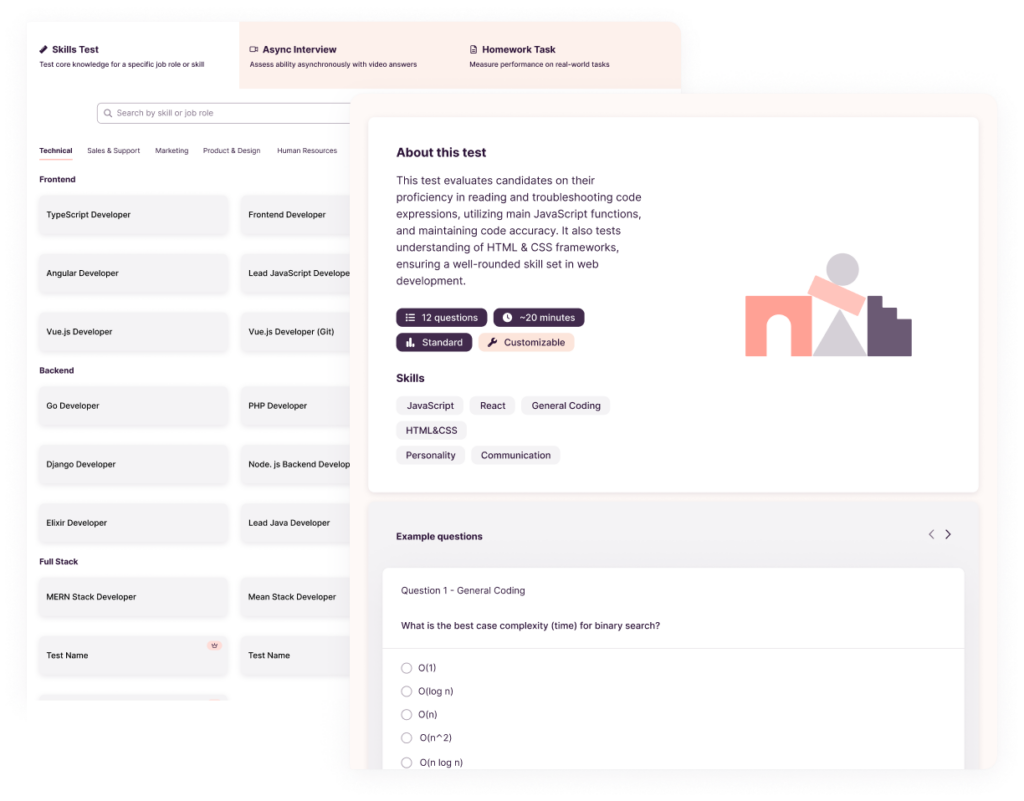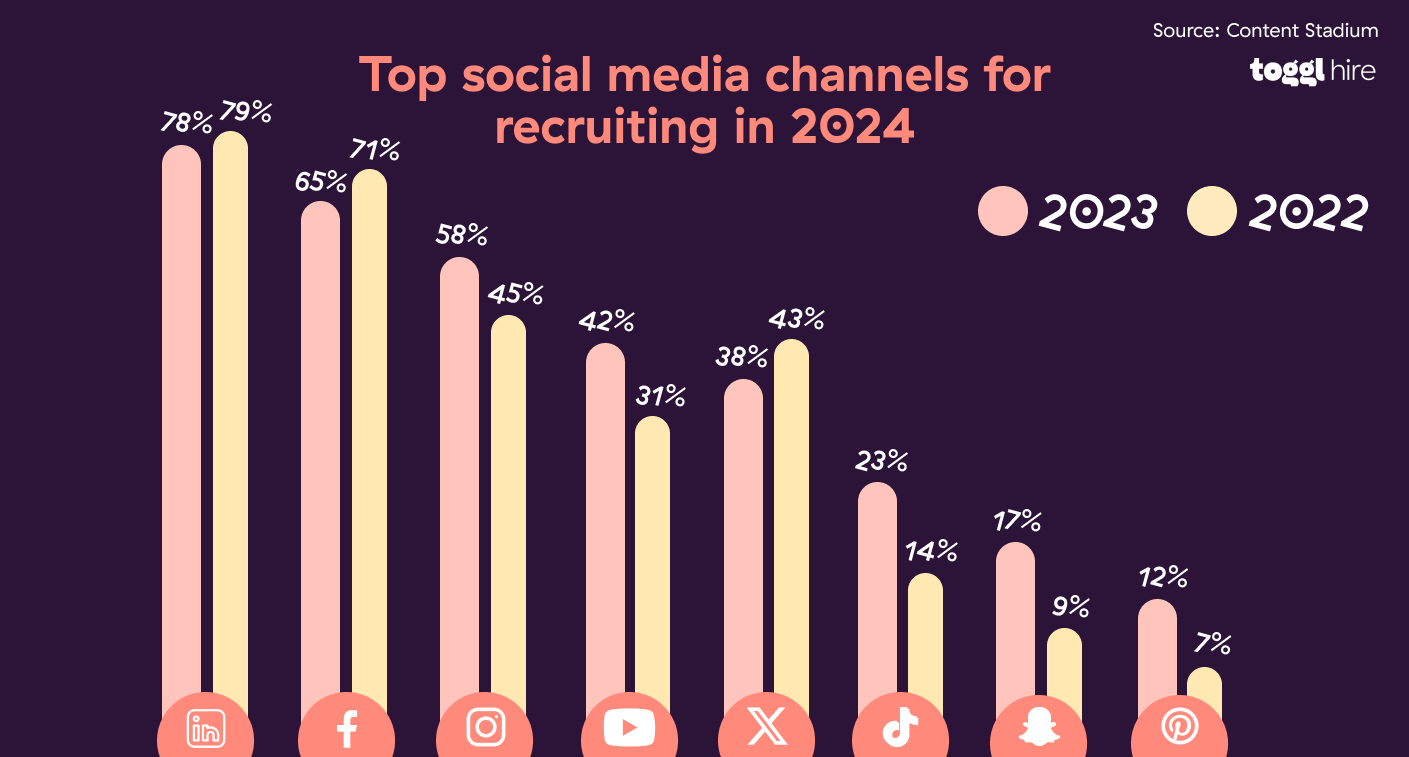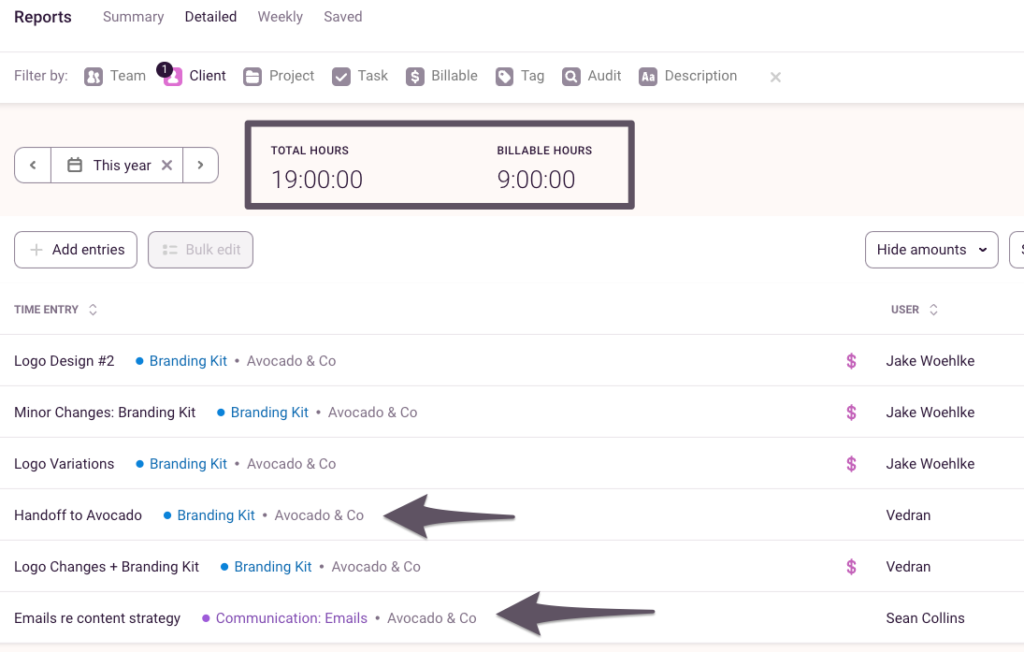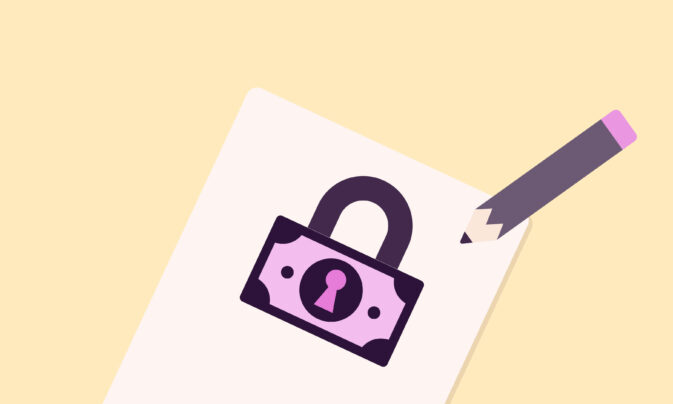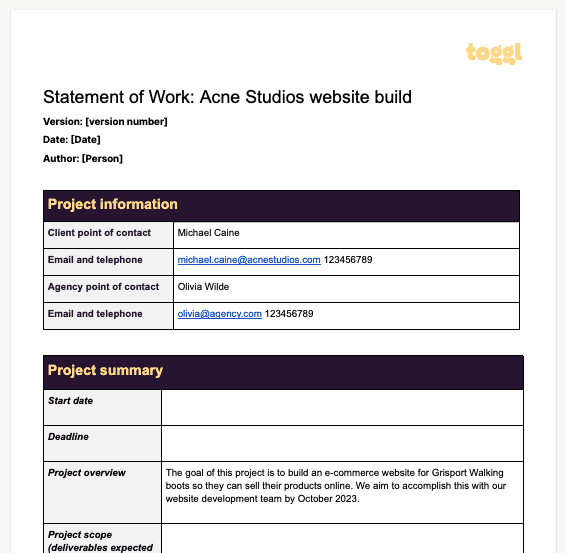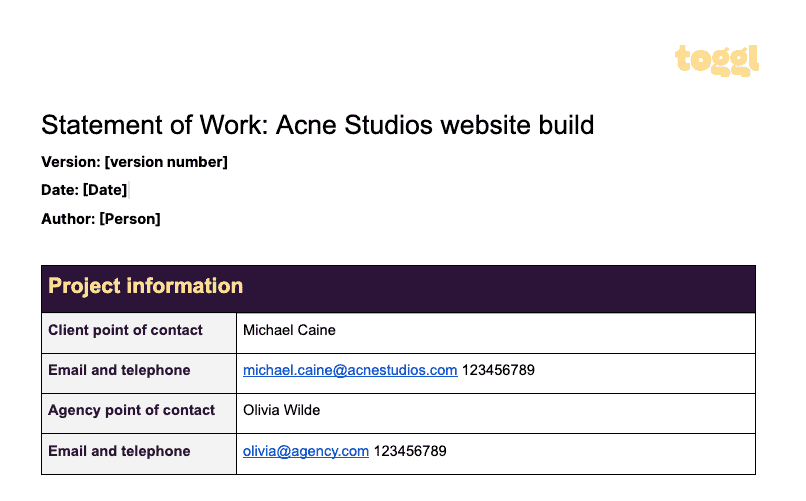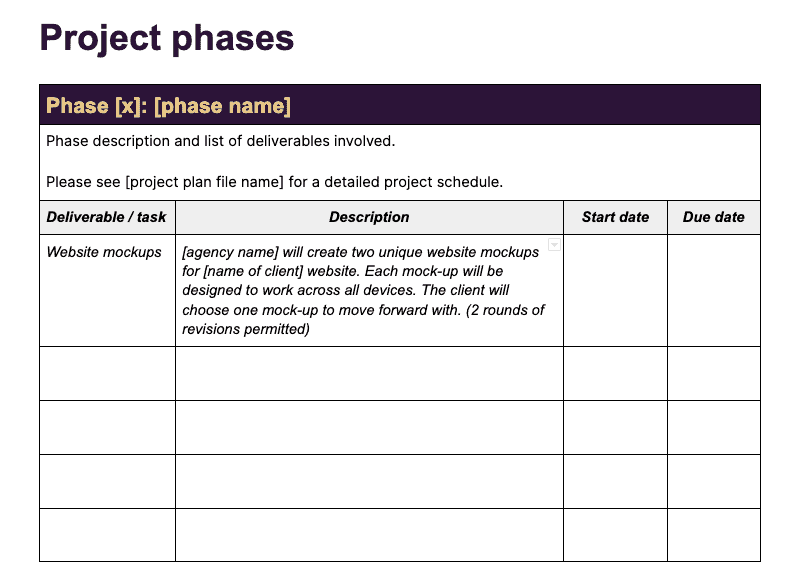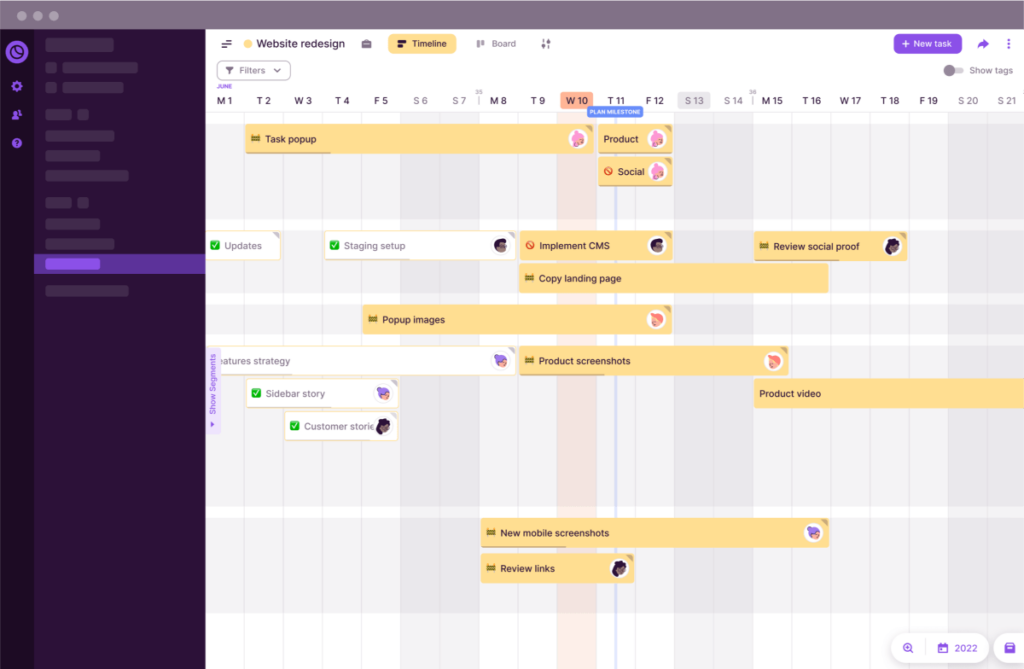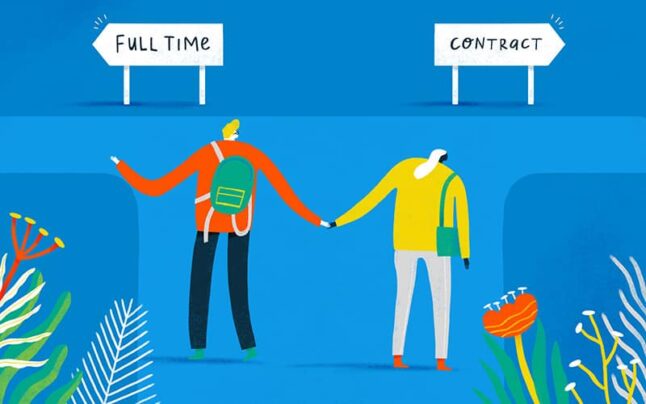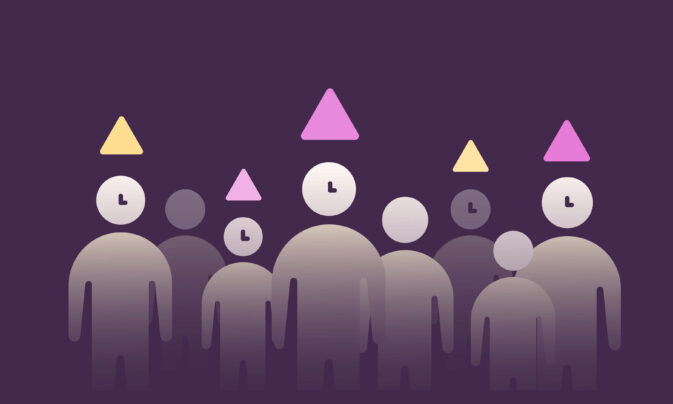One of the most important investments you’ll make as a business is in your people, otherwise known as your human capital.
Take it from Gravity Payments CEO Dan Price, who famously set a minimum wage of $70,000 for employees at his company, reducing his own salary from $1.1 million down to the same level to fund the change. Price’s bold investment in his people cut turnover in half, doubled company profits, and increased productivity by 30 to 40%.
Of course, providing eye-watering compensation is just one example of a human capital management (HCM) strategy you can use to support your employees and your organization. Read on to learn about the ins and outs of HCM in more detail.
TL;DR — Key Takeaways
- Human capital management (HCM) is a set of practices for managing people in a company well so they can do their jobs efficiently and feel valued.
- There are key differences between human capital management and human resource management, including their scope, functions, tools, and goals.
- Human resources, talent management, strategic workforce management, and rewards are all key elements of great human capital management.
- HCM benefits include improved engagement, productivity, talent retention, decision-making, adaptability, compliance and risk management, and employee well-being.
What is human capital management?
Human capital management (HCM) is a set of practices for managing the people in an organization effectively so they can do their jobs well and feel valued.
It focuses on everything related to employees, from hiring the right people to helping them grow, supporting their well-being, and ensuring they’re compensated fairly.
Human capital management involves several processes:
- Hiring and recruiting
- Training and career development
- Payroll and benefits administration
- Performance management
- Employee engagement
- Compliance
In human capital management, employees are a company’s most valuable asset. HCM takes a twofold approach: improving the employee experience while aligning employees’ contributions with the overarching company goals.
Differences between human resource management and human capital management
HCM and HRM are two terms often used interchangeably, but they have distinct differences.
| HRM | HCM | |
| Definition | Manages employees as resources to fulfill operational needs and administrative tasks | Views employees as valuable assets whose growth drives organizational success |
| Scope | Focuses on transactional tasks like recruitment, benefits management, compliance, and resolving immediate workforce needs | Emphasizes strategic planning, workforce development, career growth, and long-term talent retention |
| Functions | Includes payroll, compliance, employee relations, and basic HR operations | Covers workforce planning, upskilling, succession planning, and employee engagement |
| Tools | Relies on basic systems like HRIS (human resources information system) for payroll and attendance tracking | Uses advanced analytics and tools for strategic decision-making and performance measurement |
| Goals | Ensures smooth day-to-day operations and compliance with regulations | Builds a competitive edge by aligning employee growth with organizational goals |
The elements of human capital management
Human capital management consists of several foundational pillars, each contributing to a unified strategy for staffing, retention, and building a great work environment.
HR
Human resources are the foundational element of human capital management. Without them, HR teams will struggle to set up the proper workflows and processes for the remaining HCM elements.
This includes standard HR tasks such as hiring the right talent, onboarding new employees, and ensuring the company complies with relevant laws and regulations.
Talent management
This part of human capital management is concerned with attracting, developing, and retaining employees to maximize their potential. Essentially, it uses the following processes to put the right people in the right roles:
- Talent acquisition: Finding and recruiting the best talent for the organization, including talent planning
- Employee onboarding: Ensuring new employees feel welcome and become productive quickly, providing orientation programs, training sessions, and mentorship opportunities
- Learning and development: Improving employees’ skills, knowledge, and abilities to help them succeed and grow, e.g., workshops, online courses, certifications, and more
- Performance management: Setting clear goals, providing regular feedback, and evaluating performance
- Career pathing and succession planning: Helping employees grow within the organization, preparing them for management and leadership roles, identifying employees with potential, designing career trajectories and succession plans
- Employee engagement and retention: Creating a working environment where employees feel valued, motivated, and connected to the company mission and vision
Workforce management
This part of HCM focuses on optimizing employees’ skills and time to ensure maximum productivity, efficiency, and cost-effectiveness. This is usually achieved with various human capital management software. In short, it’s about putting the right people in the right roles at the right time. It covers the following:
- Workforce planning: Forecasting staffing needs and aligning them with company goals
- Employee scheduling: Creating schedules that balance business needs with employee preferences
- Attendance and time tracking: Monitoring employees’ start and finish times, breaks, and absences
- Compliance management: Using a relevant HCM solution to ensure compliance with labor laws, regulations, and internal company policies
- Workforce analytics: Using employee data to monitor workforce performance and make more informed business decisions
- Absence management: Tracking employee time off such as vacation, sick leave, and other types of absences
- Cost management: Balancing workforce expenses with productivity to make sure the company remains profitable
Workforce rewards
You need monetary and non-monetary rewards to attract, engage, and retain top performers. These keep employees loyal and motivated to perform at their best. Your rewards strategy will include:
- Compensation: Salaries, hourly wages, bonuses, commissions, and overtime pay
- Benefits: Health insurance, retirement plans, paid time off, parental leave and wellness programs
- Incentives and recognition: Performance bonuses, stock options, profit sharing or spot awards
- Total rewards communication: Statements that show the total salary, benefits, and perks in one view
- Equity and fairness: Conducting pay audits, ensuring equal pay for equal work, and aligning salaries with industry standards
- Career rewards: Promotions, mentorship programs, leadership training, assigning new challenging projects
- Retention strategies: Loyalty bonuses, flexible work arrangements, additional PTO for tenure
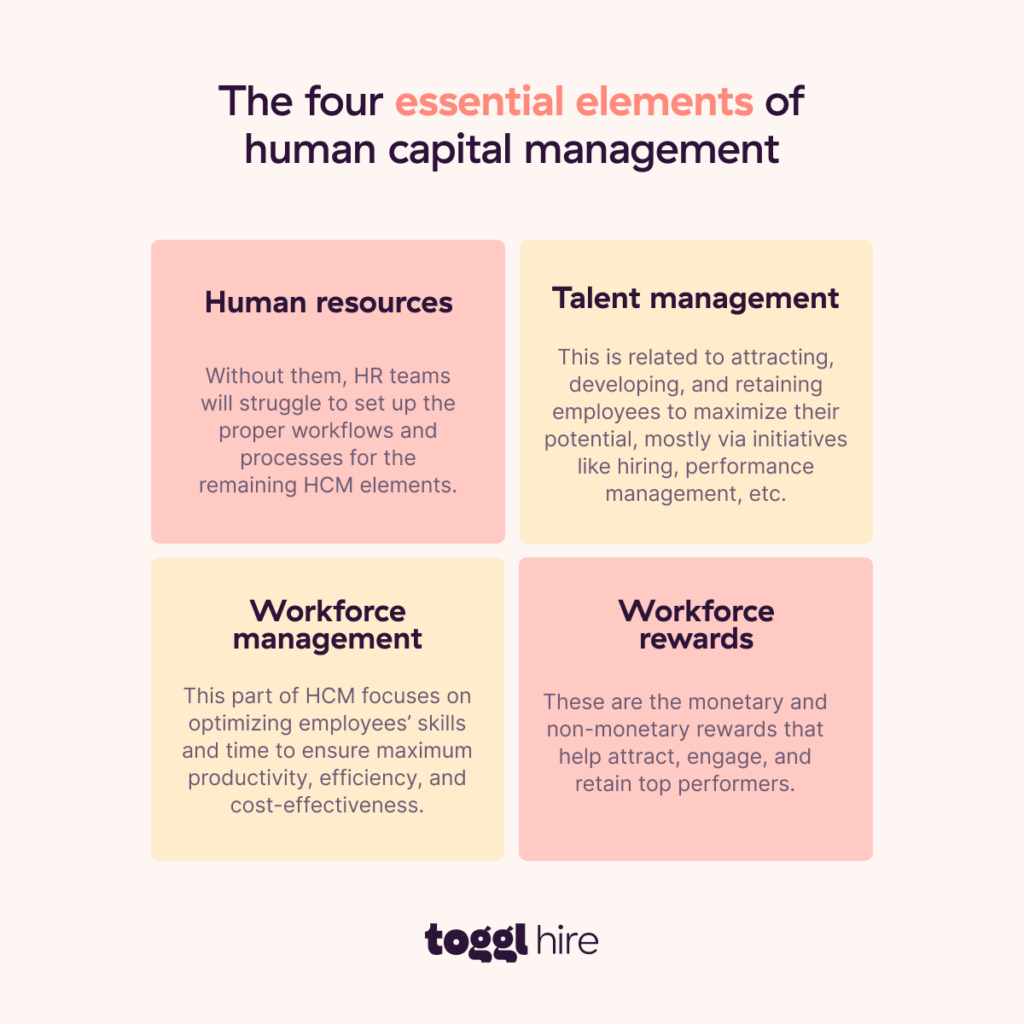
Benefits of HCM in the modern workplace
Human capital management may sound like a buzzword or another box for HR to tick, but it has a range of practical benefits for your team and your business strategy, including:
Boosted employee engagement
When employees’ individual goals align with the overall company objectives, it gives your staff a sense of purpose. How?
- They have clear goals to align with
- Each uses a personalized development plan to learn from
- Employees receive regular feedback and recognition from their leader
- They also benefit from a sense of purpose that goes beyond clocking in and out every day
- They provide valuable feedback to shape employee engagement initiatives
- They enjoy better work-life balance support from the company
Did you know that aligning individual employee goals to your company’s objectives can directly impact your bottom line?
Engaged employees are more productive, innovative, and committed to driving business success. By implementing personalized development plans, providing regular feedback, and supporting work-life balance, you can foster a workforce with a clear sense of purpose.
This heightened engagement not only improves performance but can also lead to increased revenue—companies with highly engaged teams see 21% higher profitability.
Improved productivity
By leaning on HCM software, you can automate tedious administrative tasks and win back time and resources to invest in employee development. As a reward, your team can focus on more impactful work, leading to higher performance, so everyone wins.
Here’s how easy it is:
- You automate tasks such as payroll processing, attendance tracking, scheduling, compliance management, and similar
- You can invest more in employee development through training, mentorship, and career growth opportunities
- Employees focus on meaningful work
- You reap the long-term organizational benefits
Enhanced talent retention
When employees are happy and engaged, they tend to stick around longer. With great opportunities for growth and meaningful rewards for their performance, you can expect lower turnover rates from your employees, and top talent will stay with you longer.
Here’s how:
- Create growth opportunities and give room for career progression through professional development plans
- Offer meaningful rewards in terms of compensation, benefits, and recognition
- Reduce your turnover rates by conducting exit interviews and doing regular employee engagement surveys
Data-driven decision-making
You don’t have to wait months to determine what is working and what isn’t. Thanks to cloud-based HCM software, you can get real-time insights about employee performance. As a result, you can make data-based decisions on hiring, employee development, and budget allocation.
This is how:
- Assessing real-time insights with dashboards, reports, and key metrics
- Analyzing candidate data and aligning it with organizational needs
- Targeting employee development by identifying areas for growth and effectively allocating resources
- Allocating resources strategically, such as staffing and budgets
- Enhancing agility by getting access to critical information in real-time
Greater adaptability
When used right, a cloud HCM tool can help your team respond to changes more quickly so you can address crises or react to changes in the market. This is how an HCM system enables you to be more adaptable:
- Dynamic workforce planning based on real-time data
- Rapid recruitment and onboarding thanks to having the right data at the right time
- Flexible workforce management and the ability to adapt to different priorities and shifts in workload
- Agility in crisis management so you can respond to crises promptly
Compliance and risk management
An HCM system helps your business comply with local labor laws and regulations. In the long run, this prevents legal risks and makes your employees trust you even more. Compliance entails:
- Maintaining employee records and documentation
- Identifying and mitigating legal risks proactively
- Ensuring fair treatment for all employees
- Improving employee trust through consistent communication and accessible information
- Supporting global compliance for companies present worldwide
Automation helps avoid penalties, like the $61 billion compliance costs reported in 2023 for the U.S. and Canada. Aligning with laws like FLSA or GDPR not only prevents risks but also builds employee trust for sustainable success.
Holistic employee well-being
With great human capital and HR management, your employees literally feel better. They have improved work-life balance, and their mental, physical, and emotional health are improved as a result. Once again, your business wins, too, as this fosters long-term engagement.
How to build a human capital management system in 6 steps
A human capital management system needs to be treated as such: a system. This ensures you can align workforce and management strategies with larger business goals.
You can automate and streamline much of the process later on, but you need a solid foundation, and this is how to start.
1. Assess organizational needs
Assess your current needs to determine what you should do with an HCM system and how it can help you. Here are some ways to get started:
- Define your larger business objectives and future goals
- Analyze workforce demographics and needs
- Identify your existing operational challenges
- Evaluate your current technology infrastructure
- Assess compliance requirements
- Set a budget
- Identify the key features and functionalities needed in your team
And you’re all set. By identifying gaps in your existing setup, you ensure your chosen HCM system addresses your specific needs.
2. Choose the right technology
Select an HCM tool with the core HR functions necessary to meet your goals and delight your employees. Look for:
- Detailed analytics with the ability to set custom metrics and KPIs
- A user-friendly interface
- The ability to add and remove seats on your team
- Integrations with other key HR and business software
- Smooth onboarding to increase adoption with your team
There is no such thing as a universally “good” system. That’s different for each company. Rather, it should meet your organizational needs and keep your employees motivated and engaged.
3. Design a clear strategy
Once you’ve chosen the right platform, map out your HCM processes for the entire company. From recruitment to retirement, determine how HCM fits into your existing HR processes.
Example of how to create a strategy for a specific role: Outline how to attract the best employees, which types of compensation and benefits to offer, how to train and onboard this employee, and what to provide within the role to enable long-term growth.
4. Train managers and employees
Before implementing an HCM system, you’ll want to ensure it’s adopted along the line. This means introducing the platform to your managers and employees and explaining what it does and how it helps everyone involved.
This tip comes straight from our HR team: For the system to succeed, all the stakeholders should know how to use the tool successfully and the value it brings to the company and the employees.
5. Implement in phases
If you’re rolling out a human capital management system for the first time, try not to do it cold turkey. Implementing such a massive change immediately may cause bottlenecks or pushback with your team. Instead, test it on a pilot group, such as new hires, before rolling it out to your entire business.
6. Continuously optimize
No human capital or human resource management system is perfect. As your needs and priorities change, reevaluate your HCM platform to check it engages your employees and crushes your business goals.
The future of HCM
As the world of business changes, so does human capital management. In the years to come, you should watch out for a few things:
- 🦾 Artificial intelligence has changed our lives significantly in the past few years. To stay ahead in the upcoming years, adopt AI-driven platforms such as ERP, HRIS, people analytics, and HCM tools. Invest in employee upskilling and ensure your team knows how to use AI ethically and responsibly.
- 🎈Workforce personalization means experiences and benefits will be even more tailored to the individual employee. To stay afloat in the future, leverage data analytics, promote inclusivity in your team, and focus on your team members’ individual strengths.
- 🌎 Remote work is the elephant in the room that is not going away, even in the post-COVID world. To stay current, embrace flexible employment policies, invest in relevant business technology that supports remote collaboration, and prioritize connection through virtual check-ins.
Drive innovation with human capital management
Human capital management is much more than a catchphrase. It’s a key driver of innovation in the workplace that will increase employee satisfaction, engagement, and collaboration while helping your company become more profitable and a better place to work.
HCM is not a one-time tool that solves an employee lifecycle problem, but you can leverage it daily to manage employees and foster long-term business success. It is also one piece of a much larger puzzle.
At Toggl Hire, we can help you complete (at least part of) the rest of the puzzle. With our hiring tools, you’ll make data-driven hiring decisions and fill your openings with people who can do the work well while saving time and money.
Get your free account and hire based on data, not gut feeling.
Mile is a B2B content marketer specializing in HR, martech and data analytics. Ask him about thoughts on reducing hiring bias, the role of AI in modern recruitment, or how to immediately spot red flags in a job ad.




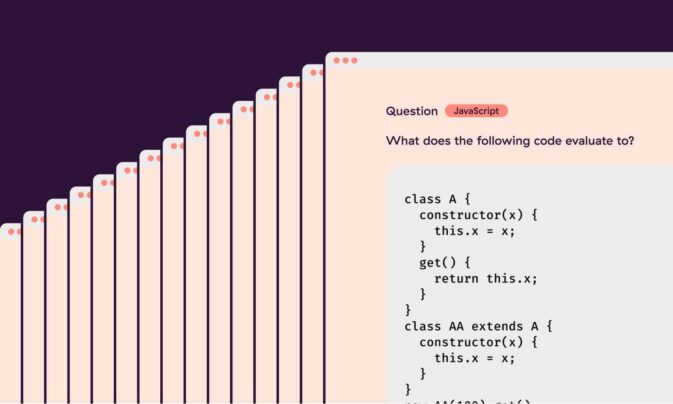




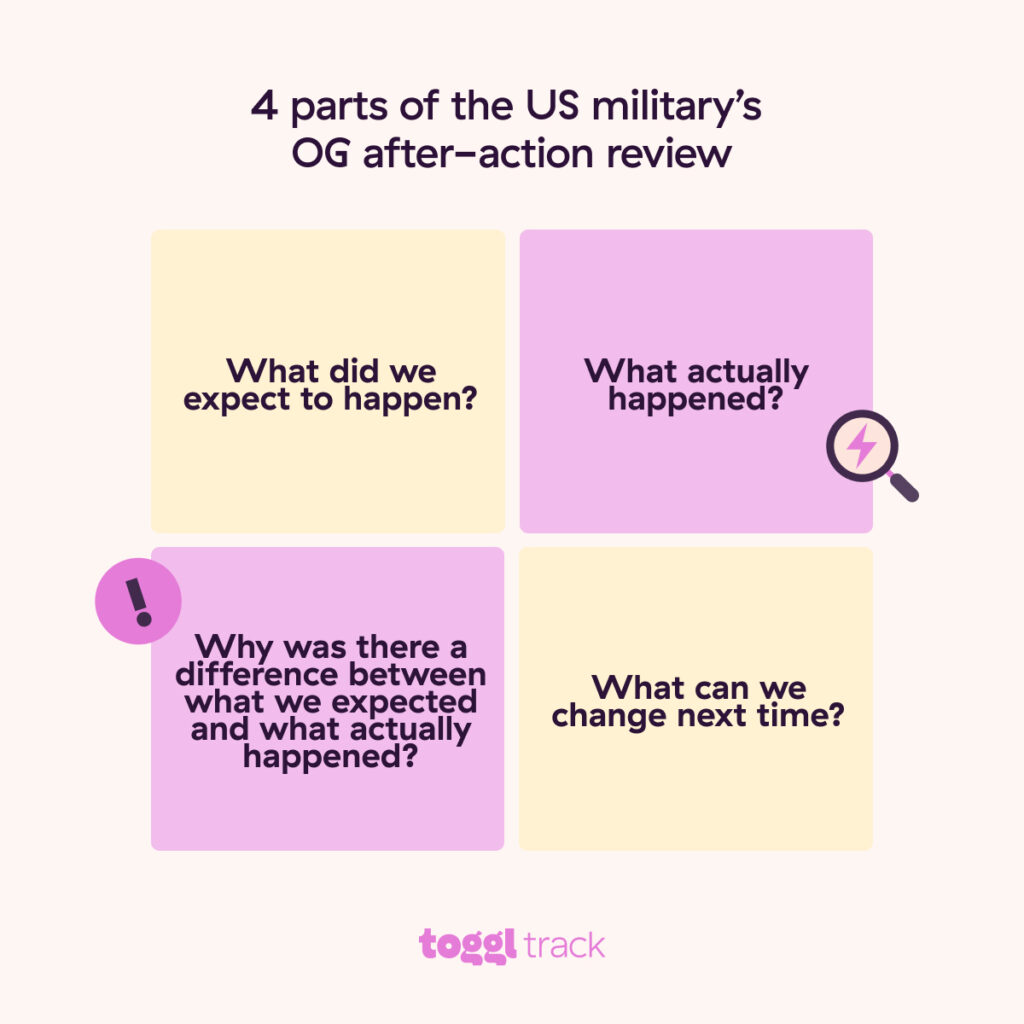






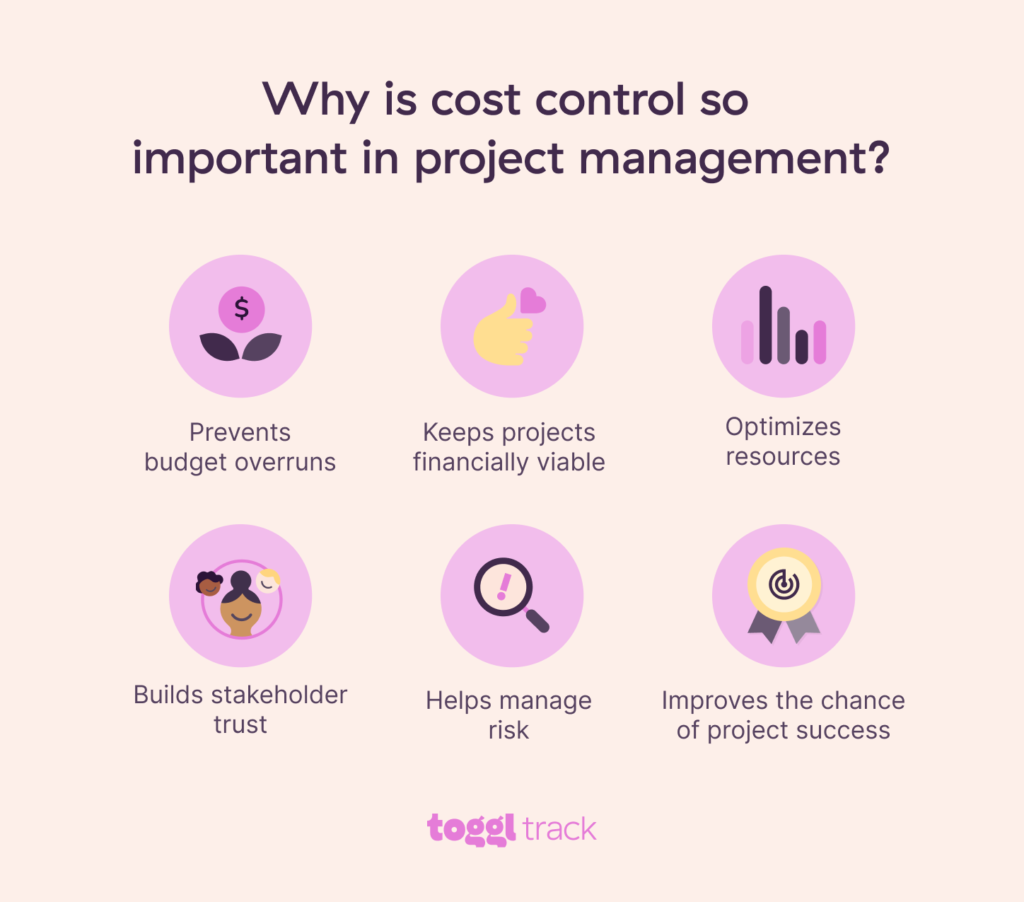

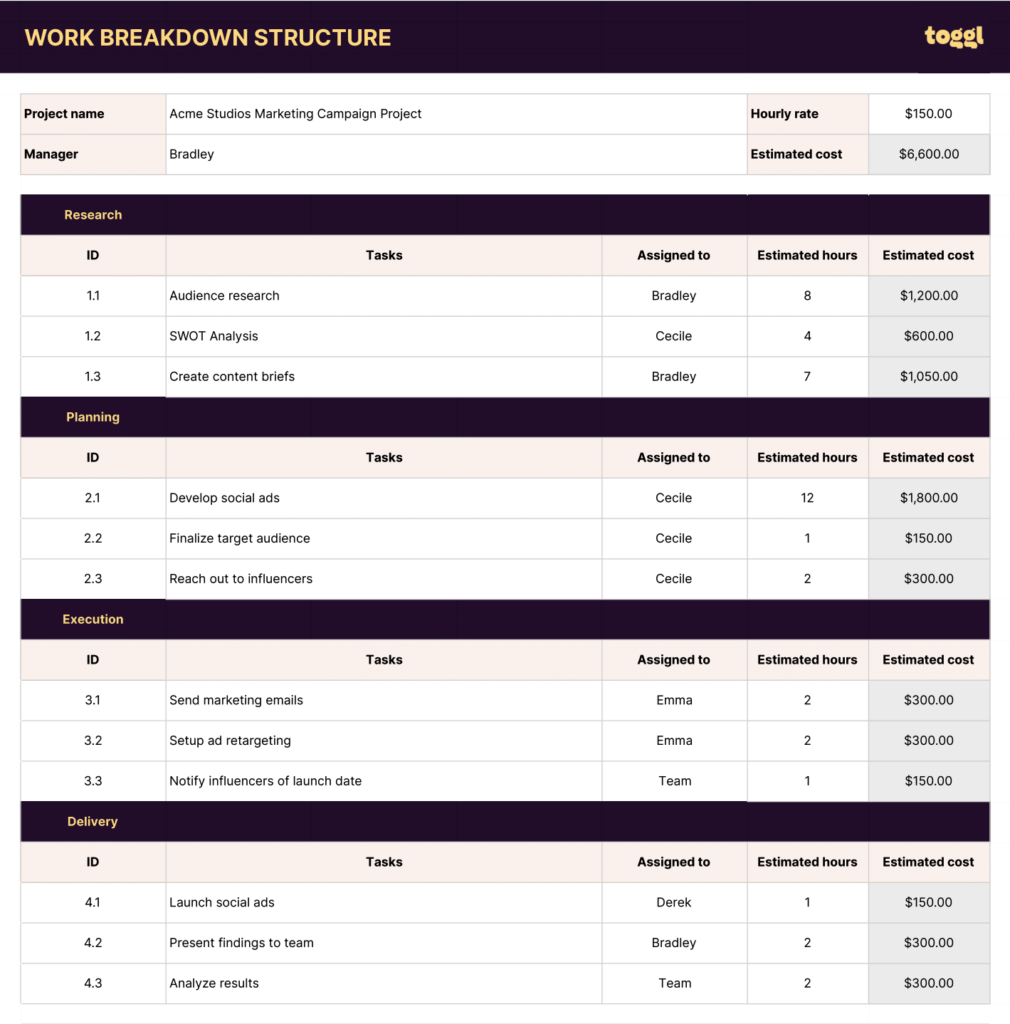









![Harvest vs Toggl: A Definitive Comparison [January 2024]](https://toggl.com/blog/wp-content/uploads/2023/11/harvest-vs-toggl-track-112x59.jpg)








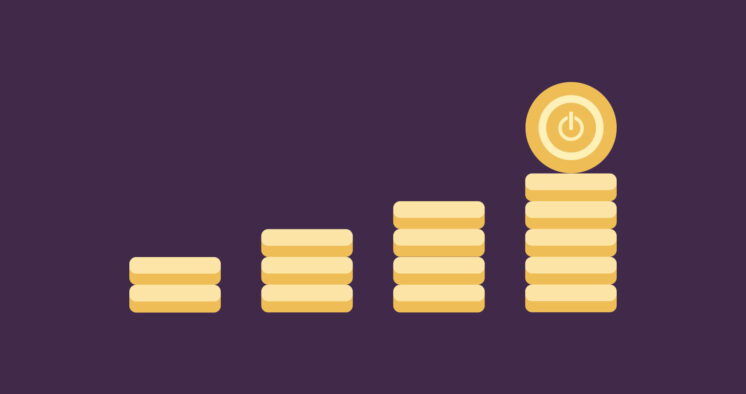

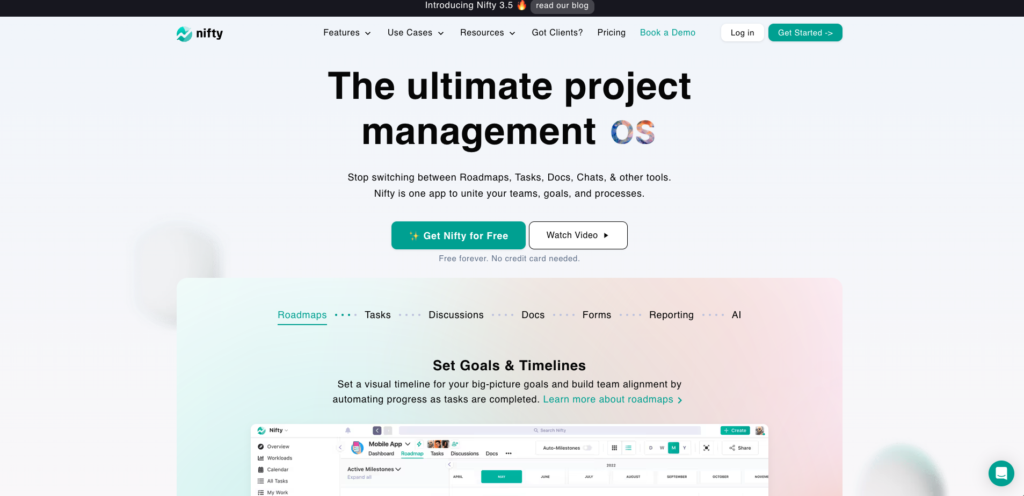













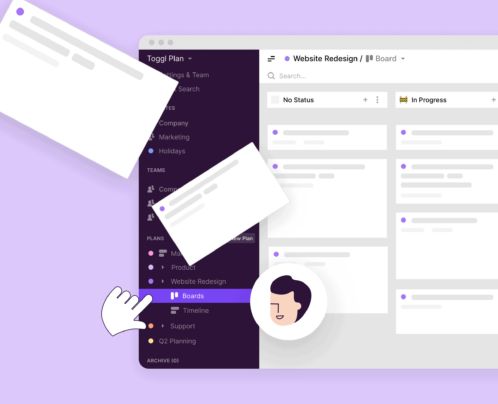

![10 Top Paymo Alternatives for 2025 [Full Comparison]](https://toggl.com/blog/wp-content/uploads/2024/02/paymo-alternatives-746x394.jpg)
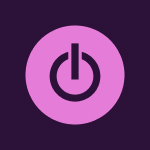


































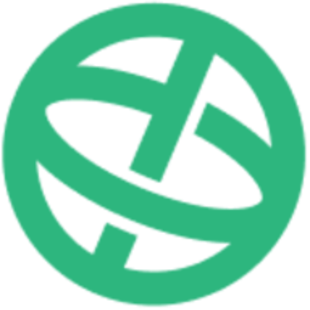



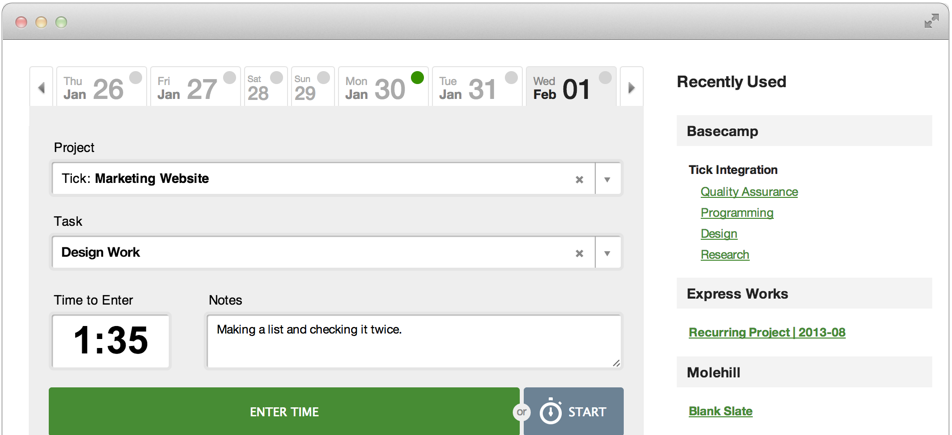







![Time and Materials Contracts: The Definitive Guide [+Template]](https://toggl.com/blog/wp-content/uploads/2023/09/time-materials-1-673x404.jpg)




















